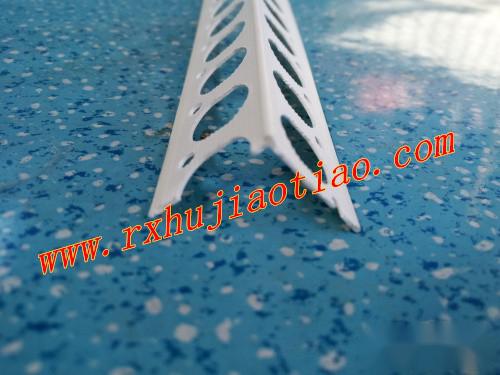An external corner refers to a protruding corner, while an internal corner refers to a recessed corner. For example, the 90-degree angle that protrudes at the edge of a window in a room is an external corner. The recessed corner where walls meet is an internal corner; the external and internal corners mentioned here refer to the specific locations of the internal or external corners!
The external corner strip, also known as external corner trim or corner strip, is a decorative strip used for finishing the 90-degree protruding corners of tiles. It has a flat surface on one side and is designed with a 90-degree fan-shaped arc on the other side, made from materials such as PVC, aluminum alloy, or stainless steel.
Internal and external corners do not necessarily have to be 90 degrees or close to 90 degrees. The angles can vary depending on the specific layout of the space, but most corners are indeed around 90 degrees, which is correct. In summary: recessed corners are internal corners, and protruding corners are external corners. Evaluating the craftsmanship of tile setters and painters is crucial when assessing the treatment of internal and external corners. Whether they are straight, vertical, and even is key to determining the skill level of tile setters and painters.













